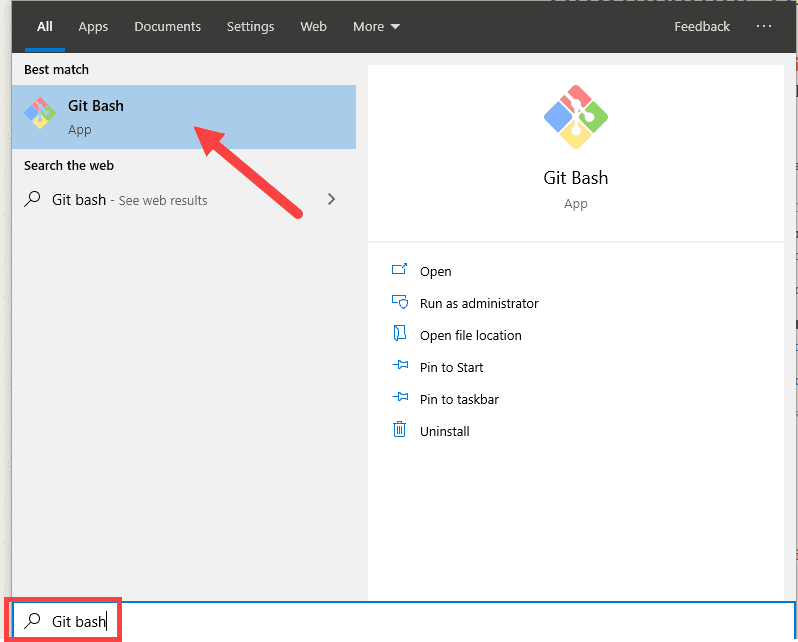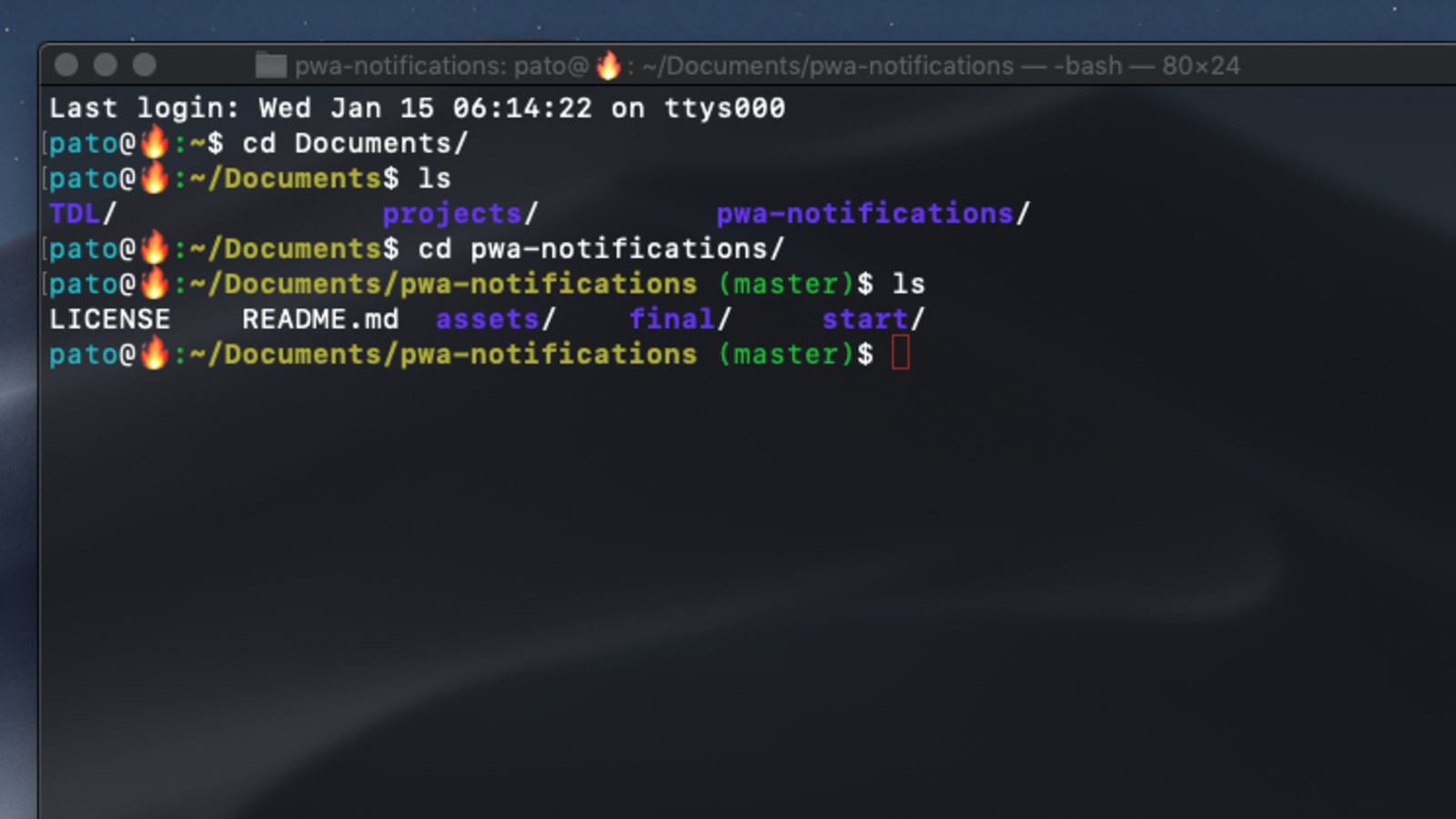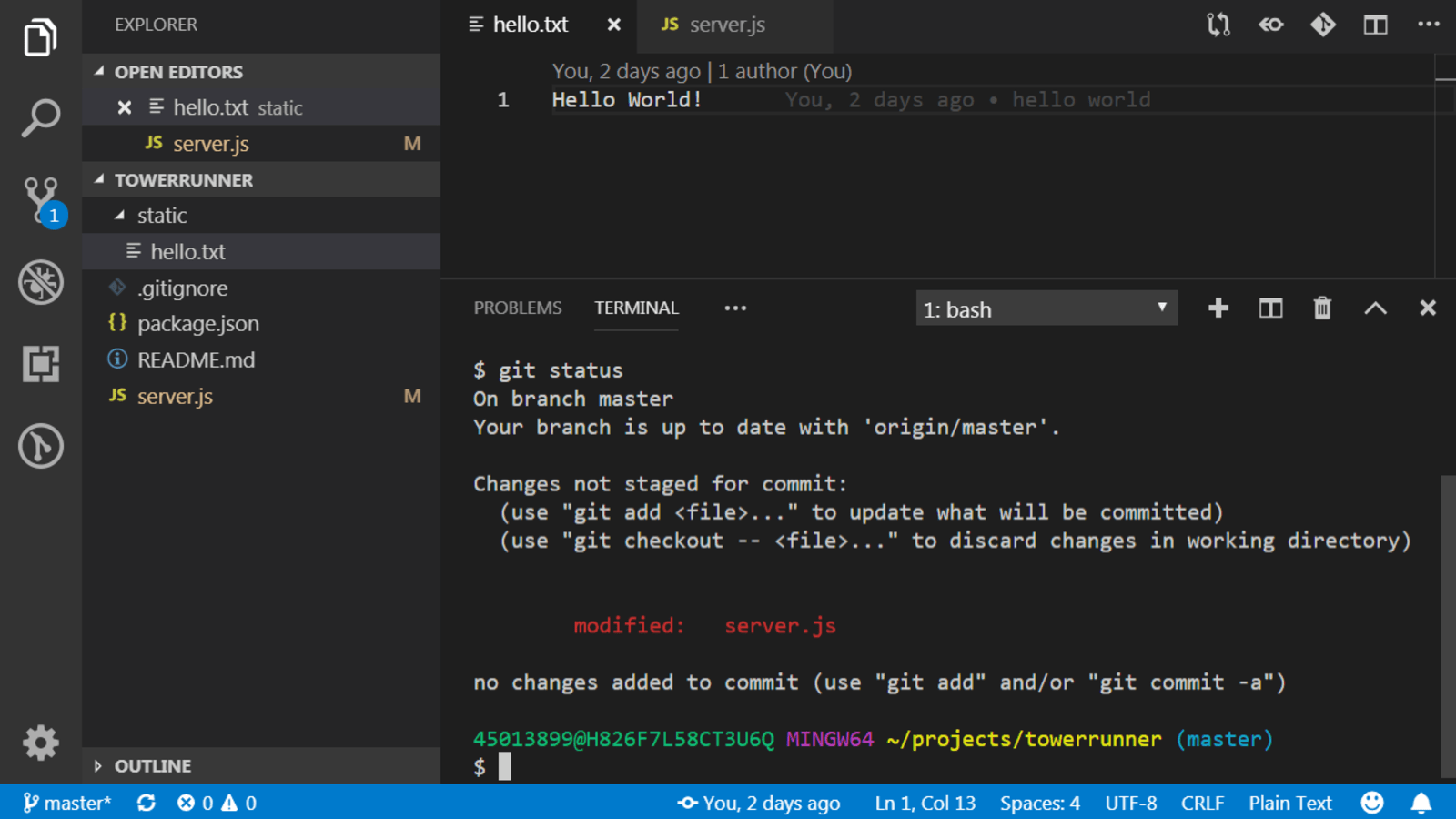

# that tool does not specify the colors, which I did by looking manually at # used BSD pattern ExGxFxDxB圎gEdxbxgxhxd on The following lines of my ~/.bashrc file include some old history of the colors and how I use to have other options. This goes in hand with the ls -color=auto shortcut to make sure that the colors are used (Mac: you might need brew install coreutils as described in this blog post). For example, do you want directories to be shown in blue and/or bold font while executable files are shown in red. You can change the colors of your terminal. Where ~/.inputrc file has the following contents: #Page up/page downĪs an added benefit, the up and down arrows will now have this improved behavior when you run R inside a terminal, although it’s limited to your current R history: actually, I guess that you could change your.

Next I use the up arrow, and it only finds for me commands that start with cd /, including this long one.ĭid you like this? Well, add the following code to your ~/.bashrc file # Auto-complete command from history So I type cd / in the terminal window (without hitting enter). Lets say that I want to change directory to one of my recent projects. So far, this is the same as the default up arrow behavior.

If you use the up arrow, you can navigate your command history. Lets say that you just requested a compute node with qrsh and you have an empty line. The following changes make it so that the up arrow searches only commands that start with exactly the letters you had already typed. Normally, the up and down arrow let you select previous commands from your bash history (up) or select one of your latest commands (down, after having used up). The next change will save you a lot of time! Plus it goes nicely with the bash history changes we just made.


 0 kommentar(er)
0 kommentar(er)
